Perhaps no other method of engendering mystical teachings to future generations is as old as the ORAL TRADITION. The continent of Africa has a plethora of cultures and tribes which still pass along supreme wisdoms by virtue of a GRIOT (African Story-teller) or TRIBAL WISDOM-KEEPER.
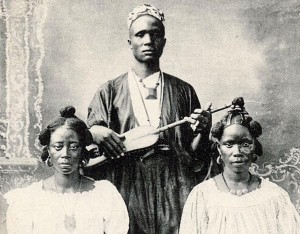
The Ancient Kemetic culture of Africa was no different and one term used to distinguish a person who bore the great responsibilities of remembering the ORAL TRADITION was “SEDJ’DEE.” The “SEDJ’DEE” was often associated with the “HEM NETER TEPI” or “the priesthood” and their capacity to retain voluminous amounts of information would easily be considered a “miracle” by modern standards.
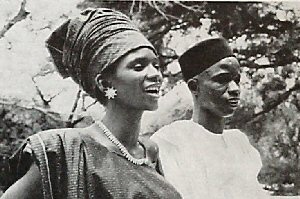 In short, the “SEDJ’DEE” was a literal “WALKING LIBRARY.” Often the traditions passed along by ancient WISDOM-KEEPERS will differ from the traditions accepted in modern academia and by “experts” or they could have an alternate hidden (esoteric) meaning. For this work we will start with Kemet to uncover a few of the hidden oral traditions of Ancient Kemet assisted largely by Griot baba ABD’EL HAKIM AWYAN, who has spent countless years in Kemet as a wisdom-keeper being chosen as a child by female wisdom-keepers of his tribe.
In short, the “SEDJ’DEE” was a literal “WALKING LIBRARY.” Often the traditions passed along by ancient WISDOM-KEEPERS will differ from the traditions accepted in modern academia and by “experts” or they could have an alternate hidden (esoteric) meaning. For this work we will start with Kemet to uncover a few of the hidden oral traditions of Ancient Kemet assisted largely by Griot baba ABD’EL HAKIM AWYAN, who has spent countless years in Kemet as a wisdom-keeper being chosen as a child by female wisdom-keepers of his tribe.
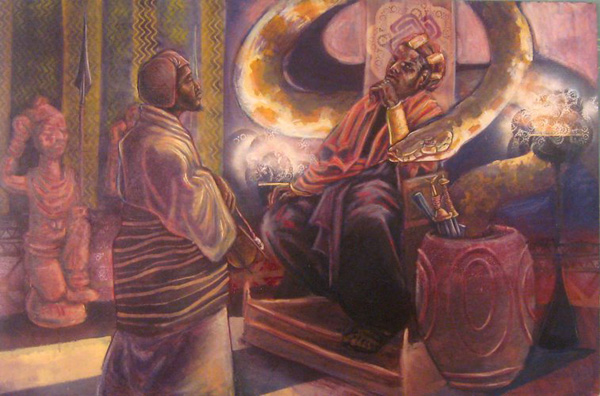
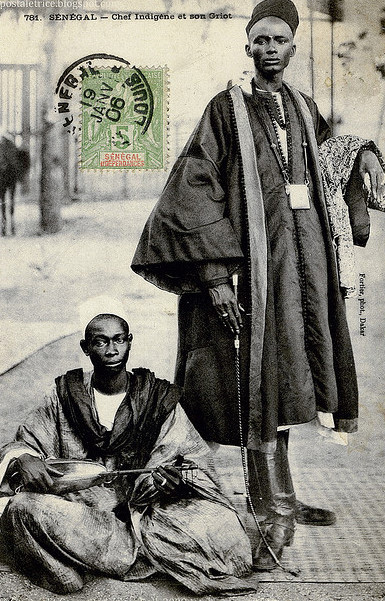 One of the first teachings that baba ABD’EL HAKIM stresses is that Kemet was a VERY ancient AFRICAN civilization that could very-well be older than 30,000 years and during that time, it has been known by many “secret” names. One of the most cherished names that the land we now call “EGYPT” was known by was “HET KA PTAH.” PTAH is the so-called “creator-god” who hails from MEN’NEFER (Memphis) and it is taught that he manifested things into being from the primeval waters of NUN by using the power of thought and divine speech. The Ancient Kemetic concept of the “KA” embodies the understanding of that aspect of one’s being which “hovers” over the physical body as a “SOUL TWIN” or the “ABSTRACT EGO.” The “KA” is a “projection” of the physical body, not the “BA” (soul) which resides in the body and exits at the time of one’s physical transition (death). The Kemetic term “HET” has a few meanings and the one which factors in the name “HET KA PTAH” is: “place”, “front”, “first”, “before” or “fore.” Therefore one of the ancient names of Kemet, HET KA PTAH means “BEFORE THE KA OF PTAH” or it is also interpreted as “A PLACE BEFORE THE KA PROJECTION OF PTAH.” It is interesting to note that the ancient name of the place HET KA PTAH was known to the ancient Greeks as “HI-GI-PTOS” in their transliteration. “HI-GI-PTOS” is the origin of the Greek term, “AEGYPTOS” which is where the term “EGYPT” is derived.
One of the first teachings that baba ABD’EL HAKIM stresses is that Kemet was a VERY ancient AFRICAN civilization that could very-well be older than 30,000 years and during that time, it has been known by many “secret” names. One of the most cherished names that the land we now call “EGYPT” was known by was “HET KA PTAH.” PTAH is the so-called “creator-god” who hails from MEN’NEFER (Memphis) and it is taught that he manifested things into being from the primeval waters of NUN by using the power of thought and divine speech. The Ancient Kemetic concept of the “KA” embodies the understanding of that aspect of one’s being which “hovers” over the physical body as a “SOUL TWIN” or the “ABSTRACT EGO.” The “KA” is a “projection” of the physical body, not the “BA” (soul) which resides in the body and exits at the time of one’s physical transition (death). The Kemetic term “HET” has a few meanings and the one which factors in the name “HET KA PTAH” is: “place”, “front”, “first”, “before” or “fore.” Therefore one of the ancient names of Kemet, HET KA PTAH means “BEFORE THE KA OF PTAH” or it is also interpreted as “A PLACE BEFORE THE KA PROJECTION OF PTAH.” It is interesting to note that the ancient name of the place HET KA PTAH was known to the ancient Greeks as “HI-GI-PTOS” in their transliteration. “HI-GI-PTOS” is the origin of the Greek term, “AEGYPTOS” which is where the term “EGYPT” is derived.
Also according to Kemetic myth before the time of writing, all records were kept strictly to human memory by a select class of men and women who were usually priests. The goddess of knowledge, Seshat invented writing to make communication and the delivery of messages easier (Seshat is most likely an ancient Ancestor). Her husband Djehuti argued though that humans might get lazy and not bother remembering the records on their own especially if these records become lost or damaged.
 Perhaps no other method of engendering mystical teachings to future generations is as old as the ORAL TRADITION. The continent of Africa has a plethora of cultures and tribes which still pass along supreme wisdoms by virtue of a GRIOT (African Story-teller) or TRIBAL WISDOM-KEEPER. The Ancient Kemetic culture of Africa was no different and one term used to distinguish a person who bore the great responsibilities of remembering the ORAL TRADITION was “SEDJ’DEE.” The “SEDJ’DEE” was often associated with the “HEM NETER TEPI” or “the priesthood” and their capacity to retain voluminous amounts of information would easily be considered a “miracle” by modern standards. In short, the “SEDJ’DEE” was a literal “WALKING LIBRARY.” Often the traditions passed along by ancient WISDOM-KEEPERS will differ from the traditions accepted in modern academia and by “experts” or they could have an alternate hidden (esoteric) meaning. For this work we will start with Kemet to uncover a few of the hidden oral traditions of Ancient Kemet assisted largely by Griot baba ABD’EL HAKIM AWYAN, who has spent countless years in Kemet as a wisdom-keeper being chosen as a child by female wisdom-keepers of his tribe.
Perhaps no other method of engendering mystical teachings to future generations is as old as the ORAL TRADITION. The continent of Africa has a plethora of cultures and tribes which still pass along supreme wisdoms by virtue of a GRIOT (African Story-teller) or TRIBAL WISDOM-KEEPER. The Ancient Kemetic culture of Africa was no different and one term used to distinguish a person who bore the great responsibilities of remembering the ORAL TRADITION was “SEDJ’DEE.” The “SEDJ’DEE” was often associated with the “HEM NETER TEPI” or “the priesthood” and their capacity to retain voluminous amounts of information would easily be considered a “miracle” by modern standards. In short, the “SEDJ’DEE” was a literal “WALKING LIBRARY.” Often the traditions passed along by ancient WISDOM-KEEPERS will differ from the traditions accepted in modern academia and by “experts” or they could have an alternate hidden (esoteric) meaning. For this work we will start with Kemet to uncover a few of the hidden oral traditions of Ancient Kemet assisted largely by Griot baba ABD’EL HAKIM AWYAN, who has spent countless years in Kemet as a wisdom-keeper being chosen as a child by female wisdom-keepers of his tribe.
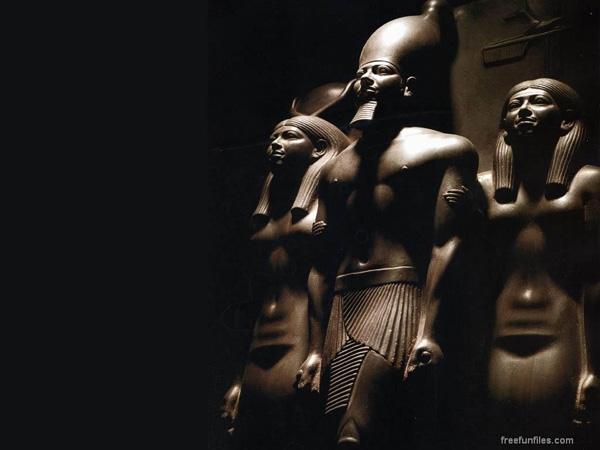
The oral traditions of Kemet emphatically express that the Ancient Kemetu were a MATRILINEAL SOCIETY where bloodlines and ties were observed and solidified through the Divine Mother. One of the most venerable titles given to the Divine Mother in Ancient Kemet was “PER AA” which is interpreted as “THE GREAT HO– USE” or “THE HIGH HO– USE.” The term “PER AA” also refers to the FEMALE as the “HEAD OF THE ROYAL FAMILY” as well as a “FEMALE HEAD OF THE HO– USEHOLD.” Medu Neter (hieroglyphs) on the temple of HET-HERU in Denderah distinguishes her by the title “PER AA” which is the origin of the modern term “pharaoh.” Most so-called Egyptologists use the term “pharaoh” as a reference to a “male king”, which is inaccurate according to the oral traditions which teach that a “PER AA” may ONLY be female or a male who is “CHOSEN BY A FEMALE” to rule. Often the Goddess ASET is seen standing in her “POSITION OF POWER” which is “BEHIND” her brother-husband ASAR. The Goddess stands BEHIND the male figure as a symbol of “STRUCTURAL INTEGRITY” or a “STRENGTHENED SPINE” and it is the origin of the adage, “BEHIND every strong man is a STRONG WOMAN.”








